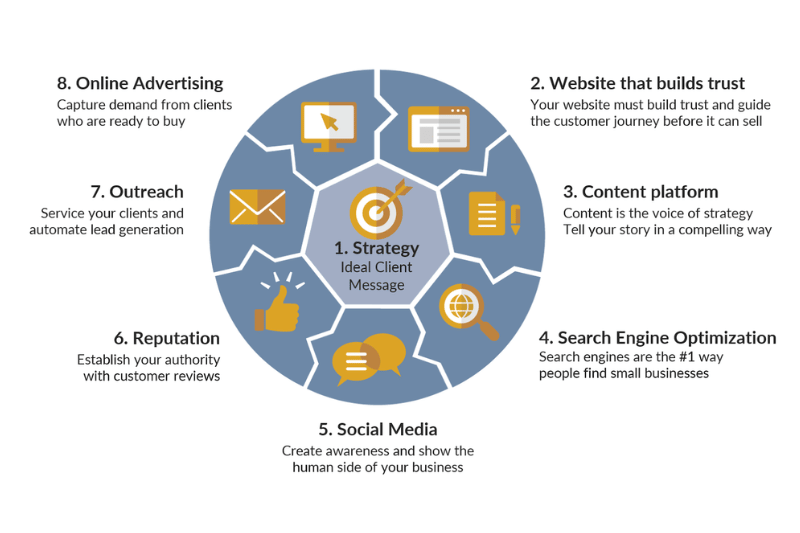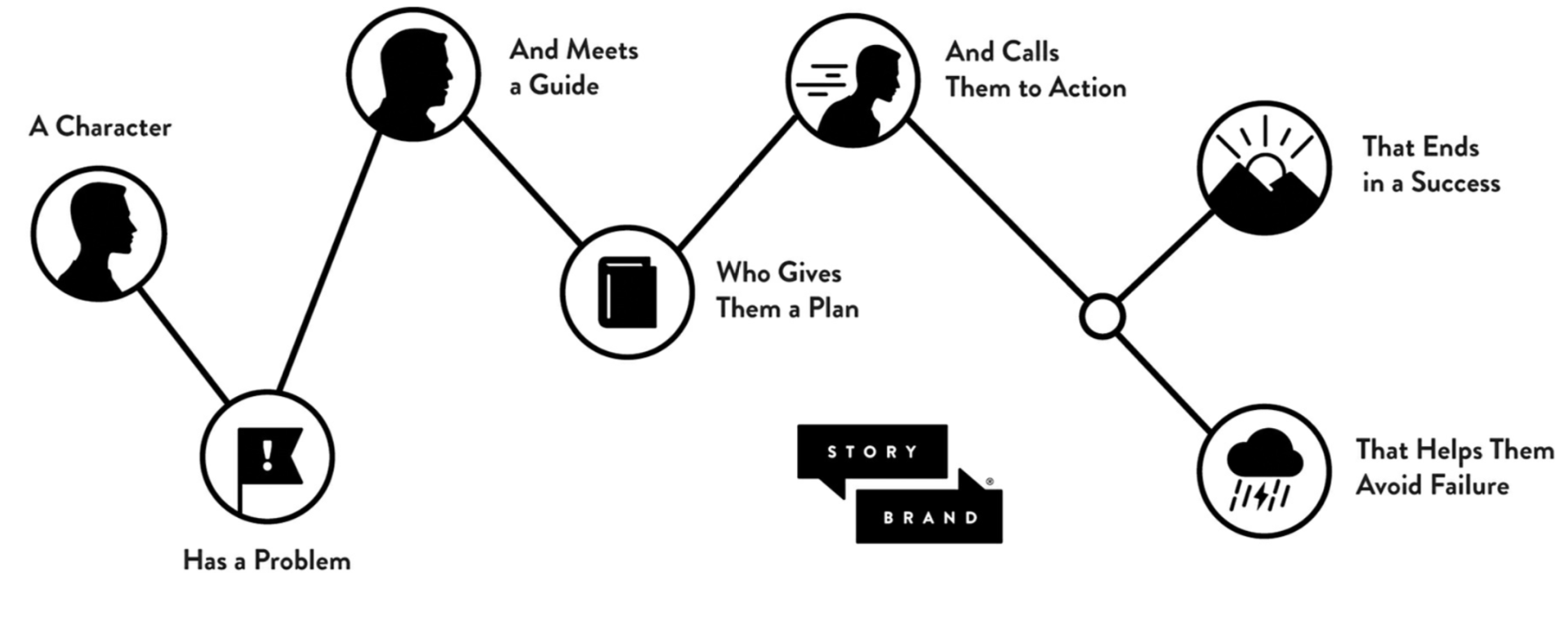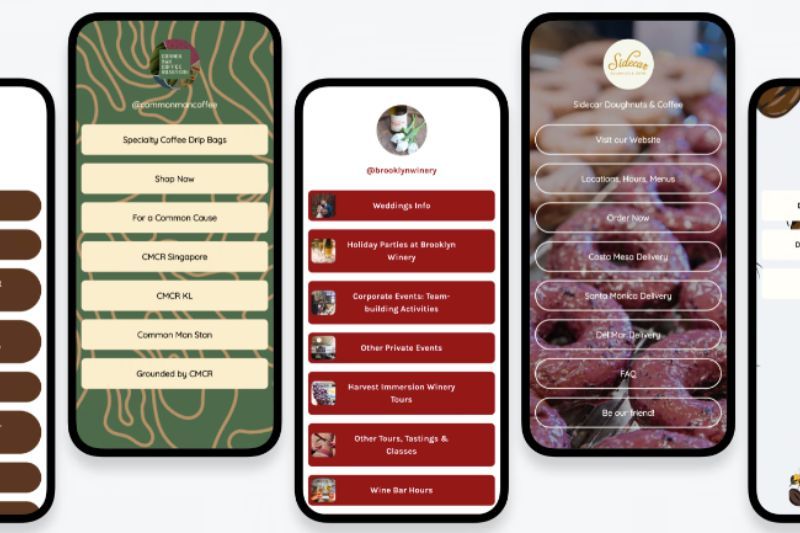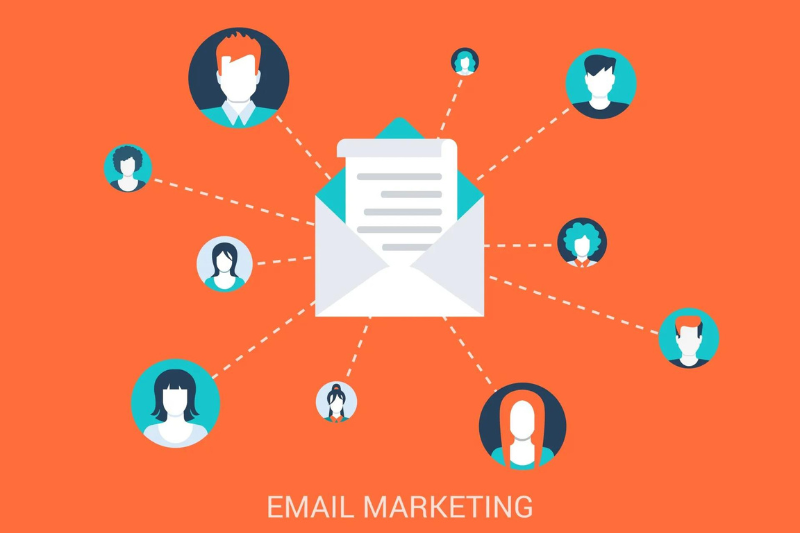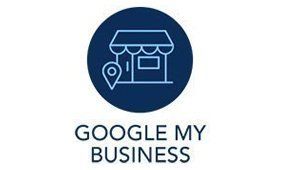Create a Core Message that Attracts Clients
When someone asks you what you do, what do you say?
People buy products or services because they heard or read words that make them buy. Often this means they don’t buy the best product, but the product they understand the fastest. If your prospects don’t immediately see what’s in it for them, then their brains simply turn off and you have lost an opportunity.
That’s where many business owners struggle. They can’t clearly explain what they do. They may start with a history of their company, or with a listing of their products or services. This will almost certainly lead to their audience losing interest very quickly!
Are you struggling to explain what your company does?
What you need is a good story to inspire your audience and motivate them to take action. It should capture the essence of what you do, how you do it and why. Once you have a good story, then you’ll find that writing marketing copy becomes easy. It will help you connect with your ideal customers whether you use it to write the homepage for your website or create your elevator pitch.
So how do you develop this core story and core message?
First I’ll briefly describe the effective story framework by Donald Miller in his book “Building a Storybrand”. If you follow the process, then you will end up with a single sheet of paper that has all the elements of your story.
In the second part of this post, I’ll give you the step-by-step process to create a story for your company using this framework, and a oneliner that explains who you are and what you do and appeals to your ideal client.
Let’s dive into story-telling first!
The Storybrand Framework
In every story there is a Hero, and the hero has a need she wants to fulfill. There wouldn’t be a story if the hero could easily fulfill that need! Fortunately for our story, there is a Villain who creates a Problem that the hero must overcome. The problem causes the hero to experience a frustrating situation and the audience sides with the hero. If Luke Skywalker is the hero, then Darth Vader is the villain.
At a time of despair, a Guide will come into the picture. With empathy and authority, he will guide the hero by providing a simple Plan and by removing fear. In the early Star Wars movies, Yoda fulfills the role of the guide. Nothing happens unless the hero takes action. The guide gives a clear and immediate Call to Action to help the hero avoid Failure, and guides her to Success. The End!
An example: “Hunger Games”
Here is how this storyline plays out in the movie “Hunger Games”:
Katniss wants to protect her family and survive. The Villain is an evil government that puts her in a tournament. She faces the problem that she must kill or be killed. She is overwhelmed by that thought and it’s just not right for kids to have to kill for the amusement of an audience.
Along comes Haymitch, the winner of a previous tournament. He becomes her mentor and comes up with a plan to win over the public. This gives Katniss more sponsors and increases her chance of winning.
He convinces her that she must fight to prevent her from dying. Ultimately she achieves success: she survives and district 12 rejoices.
Here is a quick video that explains Storybrand in 3 minutes.
Read on to find out how this applies to your business!
Creating the Story for Your Business
How can you use this framework for your business?
Define Your Ideal Client
It starts with realizing that the story is not about you, but about your client. By placing your client at the center of your core story, you will create a message that resonates with them.
So writing a great core message starts with knowing who your ideal clients are:
- Which of your clients are the most profitable?
- Which clients have the values and attributes that you appreciate most?
- Who do you enjoy working with?
- Who refers you to other prospects?
Those are the clients you will want to focus on. Find out what matters most to them. Ask them why they chose your company, and why they stay with you. Then use this information to build a clear Buyer Persona. This is described in detail in How to Define your Ideal Client.
What’s the Problem and who causes it?
Your Ideal Client has a need they are trying to fulfill, a problem they are trying to solve. If the problem isn’t significant, or if they could solve their problem themselves, then they would not become your client and there wouldn’t be a story!
So your challenge is to find out what frustrates your ideal client. What would trigger your ideal client to start looking for a solution to that problem?
It’s important to look beyond the surface. What really frustrates your client will not be a practical issue, but rather emotional. For a landscaping business for example, the problem of the ideal client will not be that his grass is too long, but that mowing the lawn will take away from the time he can play with his kids, or that his yard will look worse than his neighbour’s.
Become the Guide in helping your Clients
Your first impulse may be to place yourself at the center of the story. In fact, many websites do exactly that. Does your homepage have a picture of your company or your team, and a menu starting with “about us” and “our services”? Then your website is about you. However, based on the above you know that your Ideal Client should be at the center of the story.
So where do you come in?
You are the Guide, helping your clients to fulfill their needs and solve their problems.
- You establish a position of authority based on your expertise,
- You help your clients by providing a clear and simple plan to reach success,
- You offer them a guarantee or warranty to make the decision easy,
- You give them a reason to like and trust you by providing testimonials, case studies et
Define a Differentiator to set yourself apart from the competition
To be successful in the marketplace, your business will need to have an approach that differentiates you from your competitors. If you create a very clear niche for yourself, then you become unique in the eyes of your prospects and customers, and there is no competitor. In your story you want to have a clearly defined Differentiator and set yourself apart from the competition.
The best way to find your Differentiator is to ask your clients! In a 10-minute interview you’ll find out what they appreciate most in working with you. Google My Business and social media are also excellent sources of information. Read the reviews your clients are giving you and find the common denominators. They give you valuable insight and often show you exactly how you are different from your competitors.
You can find a complete review on creating a Differentiator in the post How to Define Your “Differentiator”.
Provide a clear Call to Action
Your prospects won’t take action unless you show them what the stakes are. Give them a clear picture of the cost of failure, and offer a clear vision of success: what will your client’s life look like if he succeeds? In your story, you need to explain the loss your prospect will experience for not doing business with you and offer a vision on how your product or service will positively affect their lives.
A step-by-step formula for creating your Core Message
Now let’s put this knowledge to use and create our Core Message. In the following steps we collect all information we need and then narrow it down step-by-step to formulate your elevator pitch.
Create Buyer Personas of your Ideal Clients
Your Ideal Clients are profitable and refer you to their network. Here is a simple method to find out who your Ideal Clients are:
- Create a spreadsheet with your customers in one column. Then create the following columns:
- Revenue (in dollars)
- Profitability, ranked from 1 (best) to 5 (least)
- Joy to work with, ranked from 1 to 5
- Likelihood to refer, ranked from 1 to 5
- Choose the clients who are profitable and nice to work with, and refer you to their network.
- Create a list of “must-have” attributes and eliminate clients who don’t have these.
- Create Buyer Personas of your Ideal Clients. Focus on their needs and frustrations, their aspirational identity and the transformation you can achieve for them.
This is described in detail in
How to Define your Ideal Client.
Formulate your Differentiator
Set yourself apart from your competitors by defining a clear Differentiator:
- Analyze your competitors and identify how you are different
- Interview your Ideal Clients and ask them what they appreciate about your product or service
- Check reviews on Google My Business and Facebook and find the common denominators.
These steps will give you the ingredients to define your Differentiator or Unique Selling Proposition (USP). Check out the blog How to Define Your “Differentiator” for more detail on this step
Create your Brand Story using the Storybrand Framework
Between the Buyer Persona of your Ideal Client and the General Statement, you now have all the elements you need to create your Brand Story with the Storybrand Framework.
Head over to MyStorybrand and create an account. Then create the Story using the pointers in each of the sections:
Boil it down to your Core Message
You now have all the elements you need to create your Core Message.
Here is the template I use to fill in the information collected in Buyer Persona and Storybrand Framework:
IDEAL CLIENTS want to WANT / TRANSFORMATION TO.
You need a PHILOSOPHICAL (SHORT).
The problem is that EXTERNAL, INTERNAL, PHILOSOPHICAL.
That’s why we AUTHORITY, DIFFERENTIATOR
Here is how it works:
PROCESS: a simple plan of 3 or 4 steps
So, DIRECT CALL TO ACTION! And in the meantime, TRANSITIONAL CALL TO ACTION.
You can stop TRANSFORMATION FROM and instead TRANSFORMATION TO
Narrow it down further to create your Elevator Pitch
Now it’s time to narrow it down further and create your elevator pitch.
Often companies try hard to come up with a clever one-liner. These often don't work well, because they are confusing and not easily understood. A successful elevator pitch should clearly states what you do and how you service your clients. Your prospects and clients should immediately understand what you do! As a result, your elevator pitch may be a little longer than a few words, and can even be a couple of sentences.
Here are 3 fill-in templates you can use with the elements above to create your one-liner:
For (ideal client) who (need or desire),
(Company) is a (category) that (key benefit)
Unlike (competitor) (main
differentiator)
We are a (category) that works with (ideal client)
They often feel (need / frustration)
We help them with (service) so they can (aspiration)
Problem: What is the main pain point you solve for your customers?
Product: What product or service you offer that solves that problem?
Result: What positive result will your customer experience if they buy your product or service?
For more insight on how to create a one-liner you can watch this YouTube video.
Do you have any questions on the above, or would you like to share your experience? Just email ideas@mawazo.ca or call +1 (833) 503-0807.
At Mawazo Marketing we work with owners of B2B companies who want to accelerate their business. We help them with a concrete digital growth plan, a website that saves operational cost, and a digital marketing system that generates leads. For qualifying clients we offer a 5x ROI guarantee: if we don't reach the objective, then we pay back the difference. Book a Free Strategy Session to find out more.
